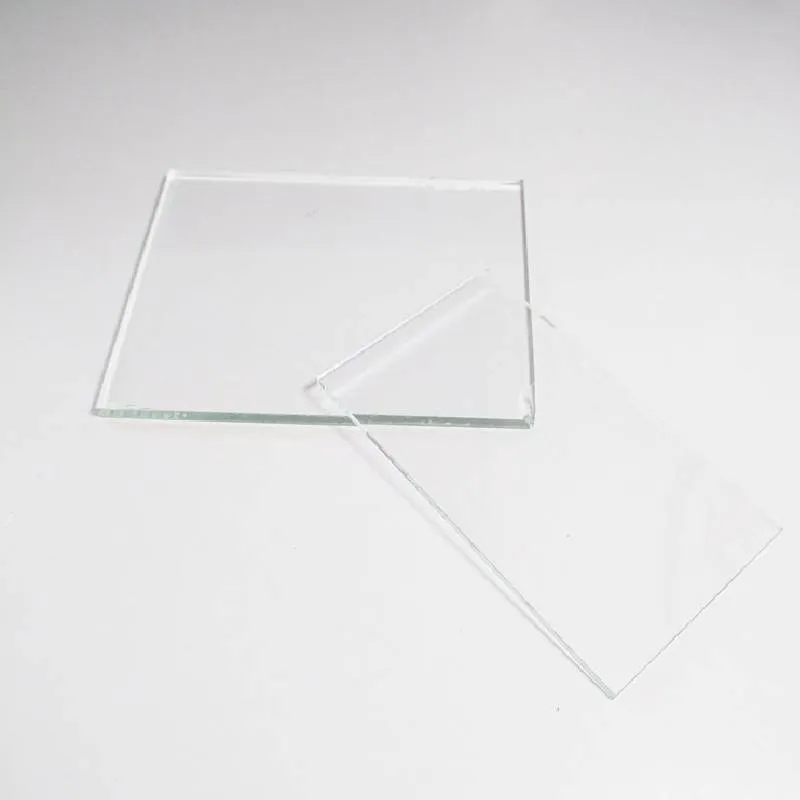okt. . 15, 2024 15:57
The Advantages of Heat Treated Glass A Comprehensive Overview
Heat treated glass, often referred to as tempered glass, has gained significant popularity in various sectors due to its numerous advantages over standard glass. This type of glass is subjected to a heating and cooling process that increases its strength and resilience, making it a preferred choice for both residential and commercial applications.
Enhanced Strength and Durability
One of the primary benefits of heat treated glass is its enhanced strength. The tempering process involves heating the glass to high temperatures (approximately 1200°F or 600°C) and then rapidly cooling it. This transformation alters the physical properties of the glass, creating compression stress on the surface while inducing tension in the core. As a result, heat treated glass is approximately five to six times stronger than untreated glass of the same thickness. This makes it an ideal choice for areas subjected to high impact or stress, such as in facades, glass doors, and shower enclosures.
Safety Features
Safety is another key advantage of heat treated glass. In the event of breakage, tempered glass shatters into small, blunt pieces rather than sharp shards that can cause injury. This characteristic significantly reduces the risk of accidents in both public and private spaces. As a result, many architects and builders prefer to use heat treated glass in schools, hospitals, and various commercial establishments where safety is a paramount concern.
Thermal Stability

Heat treated glass also exhibits superior thermal stability compared to regular glass. This means it can withstand fluctuations in temperature without cracking or breaking. This property is particularly beneficial for buildings in areas that experience extreme weather conditions. For instance, heat treated glass remains stable in the heat of summer and the chill of winter, making it a perfect choice for energy-efficient windows and facades that help regulate indoor temperatures.
Aesthetic Versatility
In addition to its functional benefits, heat treated glass offers aesthetic versatility. It is available in various styles, colors, and finishes, allowing architects and designers to incorporate it seamlessly into their projects. From sleek, modern skyscrapers to elegant residential homes, tempered glass can enhance the visual appeal of any structure. Furthermore, it can be combined with other materials to create stunning designs that reflect the unique character of a building.
Environmental Considerations
The use of heat treated glass aligns with eco-friendly building practices. Its durability reduces the need for frequent replacements, thereby minimizing waste. Additionally, when used in windows and facades, heat treated glass can contribute to energy efficiency by reducing heating and cooling costs. This can lead to lower energy consumption and subsequently a smaller carbon footprint for buildings.
Conclusion
In summary, heat treated glass is a superior alternative to standard glass, thanks to its strength, safety, thermal stability, aesthetic versatility, and environmental benefits. As demand for durable and energy-efficient materials continues to grow in the construction industry, the use of tempered glass will likely increase. Whether for innovative architectural designs or practical everyday applications, heat treated glass demonstrates its value across multiple sectors, solidifying its place as a staple in modern construction.
The Role of Mirror Glass in Luxury Interior Design
NewsJun.23,2025
The Best Textured Glass for Bathroom Windows
NewsJun.23,2025
Residential Glazing Energy Efficiency Requirements
NewsJun.23,2025
Float Glass Uses
NewsJun.23,2025
Clear Float Glass For Solar Panel Covers
NewsJun.23,2025
Benefits Of Using A Glass Mouse Pad Over Traditional Ones
NewsJun.23,2025